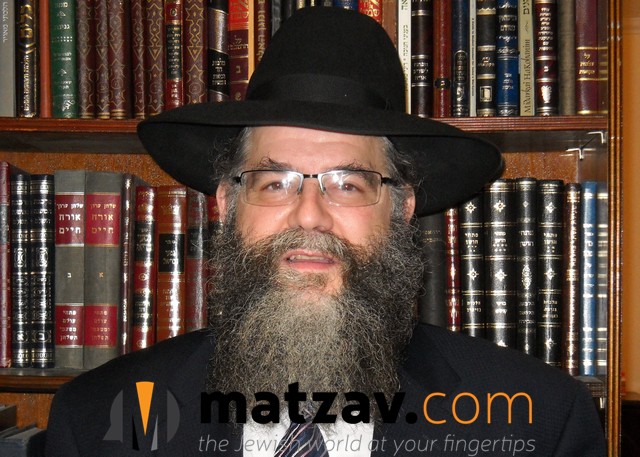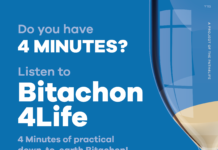
By Rabbi Nosson Greenberg
In this week’s parsha we learn some of the missing details of what took place during the days preceding the receiving of the Torah at Sinai. Amongst them is the historic proclamation of the Yidden (in response to being offered the Torah) of “Na’aseh ve’nishma” – “We will observe and we will listen” (Shmos, 24:7). Historic in its purity, and historic in its expression of human devotion to Hashem. In last week’s parsha, Rashi (Shmos, 19:1) quotes a Chazal who tell us that a Yid should approach the keeping of the Torah with the same verve and enthusiasm as if he had received it on that very day. What is interesting is that this is based on a word (“hazeh”) in the Torah describing events six days before the actual receipt of the Torah. This seems to suggest that the obligation of a Yid is to not only recreate daily the starry-eyed excitement of Kabalas haTorah but to also recreate the watershed moments leading-up to the Kabalas haTorah. It is fair to say that the proclamation of Na’aseh ve’nishma would be one such event. The question therefore is: Where do we, in our daily liturgy, manage to make a similar announcement that captures the grandeur and the essence of the original Na’aseh ve’nishma?
The answer I believe is the most famous of psukim of the Torah that we utter several times daily. “Shema Yisrael Hashem Elokainu, Hashem Echad” -” Listen Yisrael, Hashem is our G-d, Hashem is one”. Imagine if a shadchan were to call a young lady and say, “Oy, do I have a shidduch for you!” Would we expect her to agree to marry this prospective suitor without someone first waxing lyrical about his qualities? Of course not. Yet when we say the passuk of “Shema” that is precisely what we are heralding. “Listen Yisrael, Hashem is our G-d.” Have we described Him yet? Have we mentioned His qualities? No, but nevertheless we crown Hashem as our G-d before reading His resumé. That is Na’aseh. Only afterwards do we list Hashem’s uniqueness by expressing “Hashem echad.” Hashem is one –Ve’nishma.
Reb Yehoshua ben Karcha tells us (Berachos, 13a) that the reason we recite the paragraph of Shema before the paragraph of Vehaya is to first accept upon ourselves Hashem’s reign (Shema) and only afterwards to accept upon ourselves the yoke of a life of Mitzvos (Vehaya). Tosfos (ibid 14b), however, inquires as to the necessity of this explanation, for after all Shema is a paragraph in the Torah before “Vehaya”. Isn’t that enough of a reason for it to be recited first? Perhaps we can answer that even though it is mentioned first, since Shema is an acceptance of Hashem’s rulership, we should prudently hold off from making such a commitment until first being comfortable with what a life of Mitzvos entails, with its rewards and punishments. Only then should one accept the Oneness of Hashem. Reb Yehoshua ben Karcha therefore tells us that nevertheless Shema comes first. Because man needs for his own confidence level the opportunity and the ability to rise to the level of angels and to proclaim day in and day out a variation of the heady sequence of Na’aseh ve’nishma.
Have a great Shabbos.
Rabbi Nosson Greenberg is rov of Khal Machzikei Torah of Far Rockaway, N.Y., and maggid shiur at Yeshiva of Far Rockaway.
{Matzav.com Newscenter}











